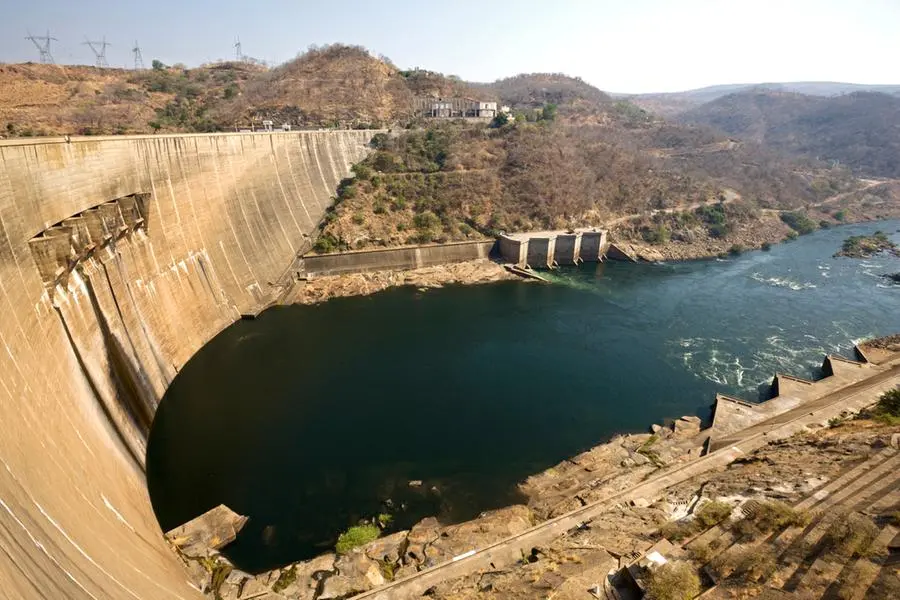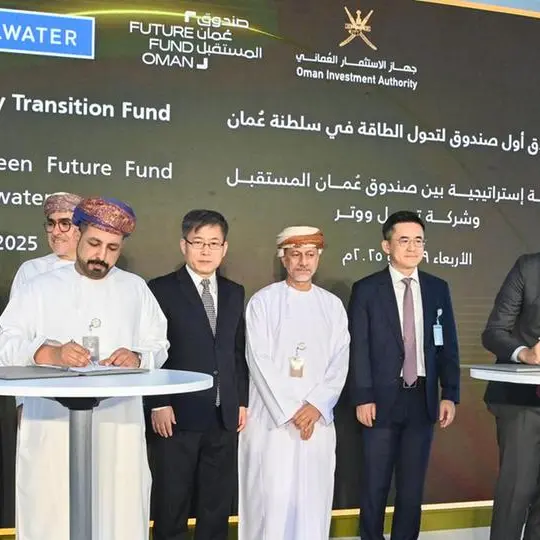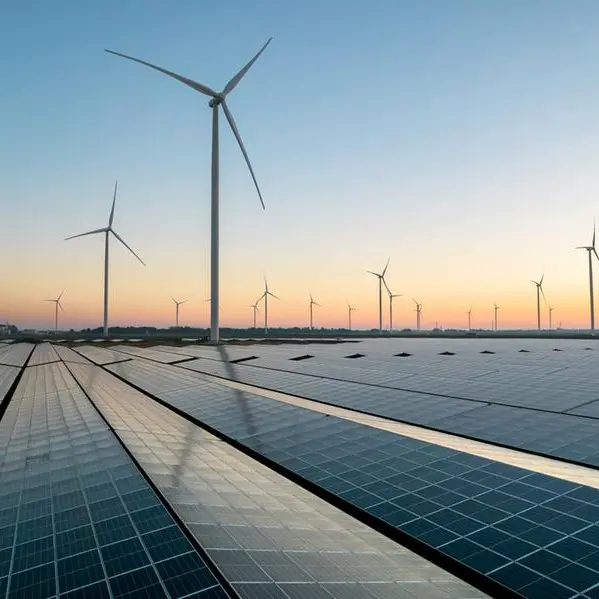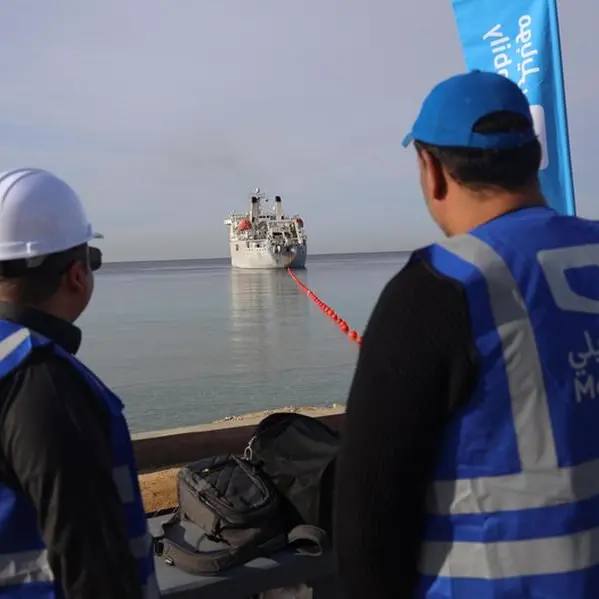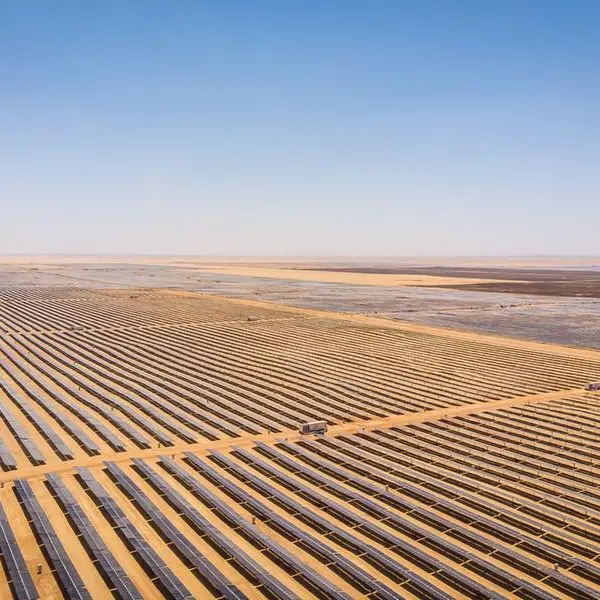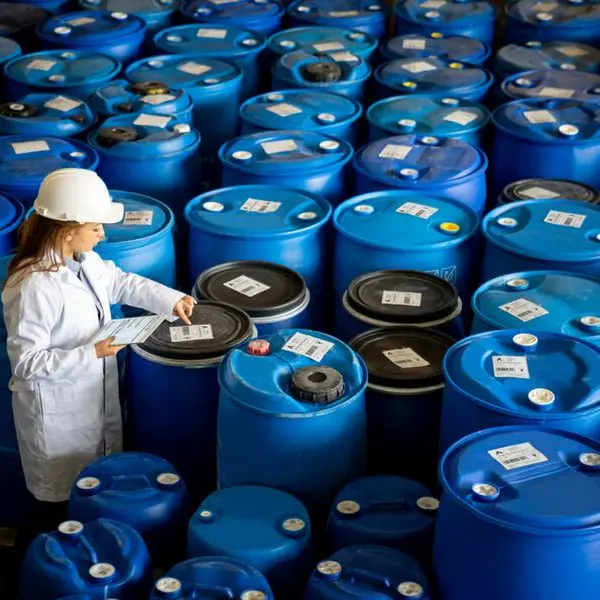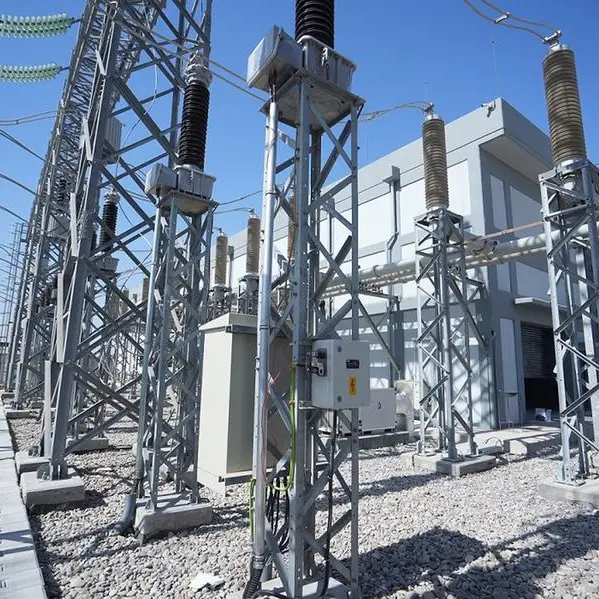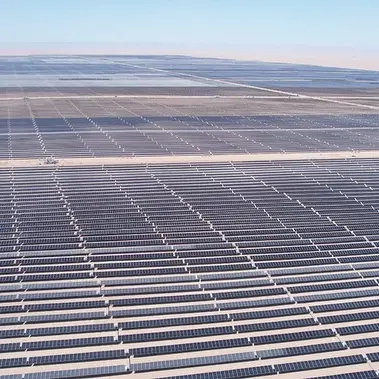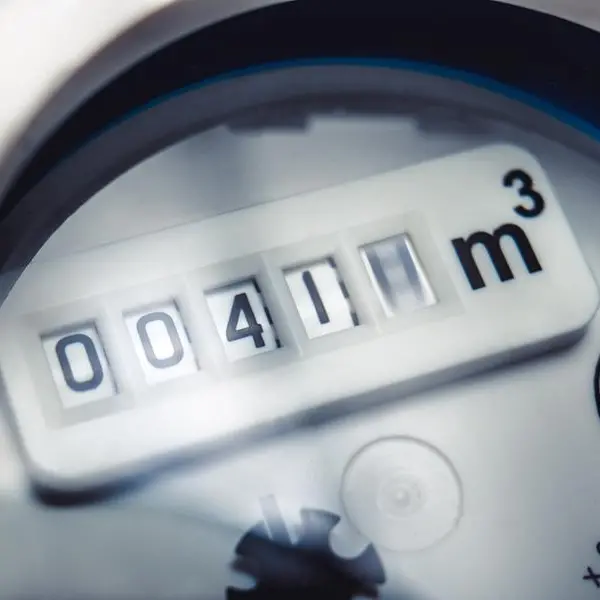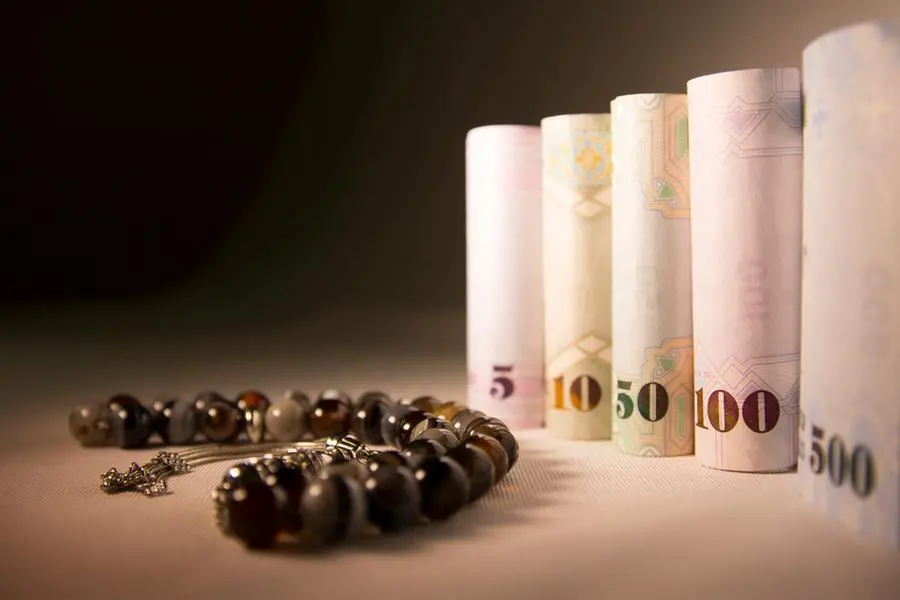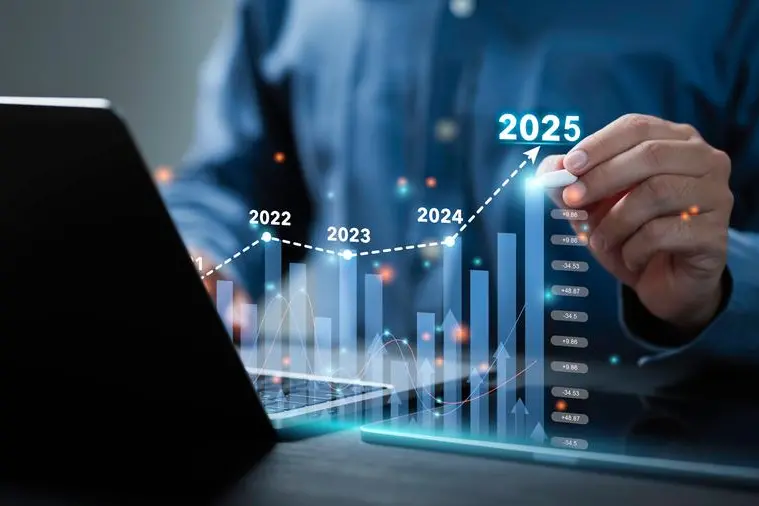PHOTO
Kariba Dam, dam wall with hydroelectric plant, Zambia, Zimbabwe, Africa. Getty Images
Africa is making significant strides in clean energy transition with the continent adding an impressive 2 gigawatts (GW) of hydropower capacity (including pumped storage) in 2023, surpassing all regions except East Asia, a new report said.
According to the 2024 World Hydropower Outlook by the International Hydropower Association (IHA), Nigeria registered the second-highest increase in hydropower capacity globally after China, adding 740 megawatts (MW) in 2023. This surge placed Nigeria among the top 10 countries worldwide for new hydropower installations in 2023, alongside Uganda (408.2 MW) and the Democratic Republic of Congo (381.7 MW).
Currently, Africa has 42GW of installed hydropower capacity that generated 158 terawatt-hours (TWh) in 2023.
Despite this progress, a staggering 90 percent of Africa's hydropower potential remains untapped, presenting immense opportunities for future development. The report noted that Nigeria alone holds the potential to exceed 14,120MW to generate over 50.8 TWh annually.


Similar stories unfold across the continent, with Cameroon boasting 20 GW of untapped potential offering an economically viable opportunity to generate 115TWh. Angola has 12GW of exploitable potential, and Burundi has an estimated potential of 1,700MW. Nigeria is aiming to fully exploit its hydropower potential and plans to include floating solar photo voltaic panels on reservoirs to maximise renewable energy production.
The report said financing and development are being driven by public-private partnerships (PPPs), while regional cooperation initiatives are gaining momentum, paving the way for further hydropower expansion. However, challenges such as limited access to finance, volatility, and governance issues continue to inhibit infrastructure development.
The IHA report underscores the urgent need for global collaboration and investment to unlock Africa's vast renewable energy potential.
“Africa is a fast-growing region. The region's economic and population growth is driving the demand for energy and specifically for electricity. Hydropower has always been the backbone of the continent's power grids. In the increasingly solar power dominated power systems that we are seeing across the continent, we not only need to maintain our existing hydro fleet but also add new hydropower to ensure the secure supply of affordable and sustainable power,” said Anton-Louis Olivier, CEO, Serengeti Energy and IHA Chair.
Malcolm Turnbull, IHA President, emphasised the need for hydropower to complement solar and wind energy by providing stability and flexibility during times of low sun or wind.
He said: “Governments need to plan for a balanced mix of renewable energy, including for both generation and long duration storage. Investors need long term certainty for their investment given the high initial capital costs of building large infrastructure projects. Moore’s Law does not apply to digging holes. Hydro projects take time, more than it takes to build solar farms, and so we need to move much faster to deliver the hydropower we need.”
(Editing by Anoop Menon) (anoop.menon@lseg.com)
Subscribe to our Projects' PULSE newsletter that brings you trustworthy news, updates and insights on project activities, developments, and partnerships across sectors in the Middle East and Africa.
